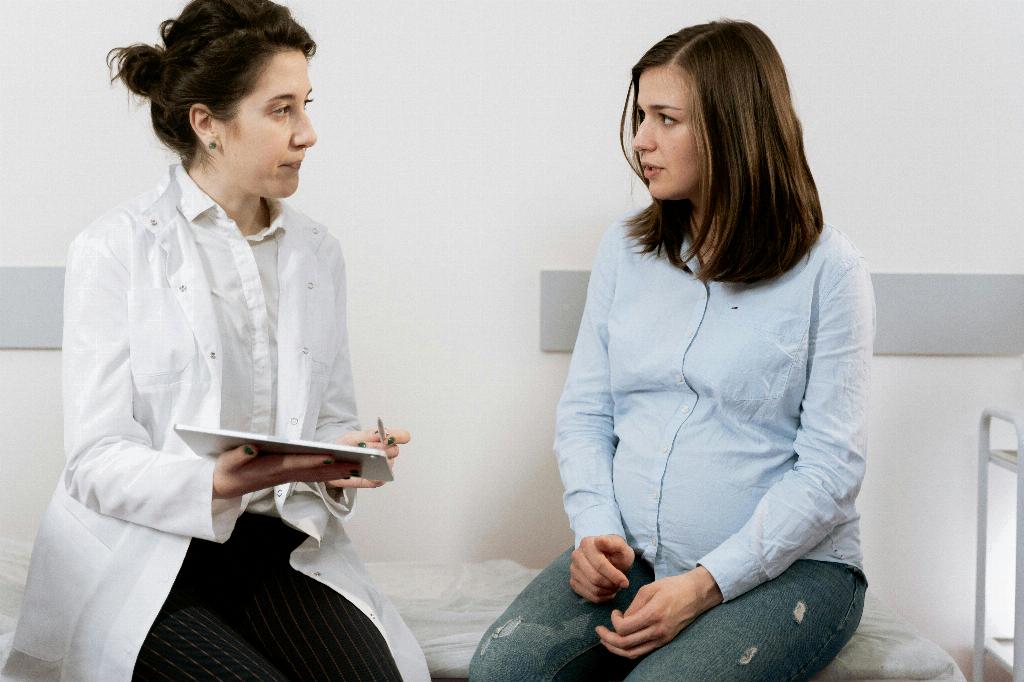After undergoing a Caesarean section (C-section), it is not uncommon for some individuals to experience lower back pain. This discomfort can arise due to a variety of factors that are unique to the procedure and the postpartum recovery period.
Impact of Hormonal Changes
One of the primary reasons for lower back pain after a C-section is the significant hormonal changes that occur in the body during and after pregnancy. These hormonal shifts can lead to changes in ligament flexibility and, in turn, affect the alignment of the spine, contributing to back pain.
Effects of the Surgical Procedure
The surgical nature of a C-section can also play a role in causing lower back pain. The incisions made during the procedure can result in scar tissue formation, which may affect the surrounding muscles and nerves, leading to discomfort in the lower back area.
Weight Gain and Posture
During pregnancy, individuals often experience weight gain, which can put added pressure on the lower back. Additionally, changes in posture due to the growing belly can lead to strain on the back muscles and contribute to postpartum back pain following a C-section.
Impact of Breastfeeding
For individuals who choose to breastfeed their newborn after a C-section, the act of nursing can also impact the lower back. Holding a baby for extended periods while feeding can strain the back muscles and exacerbate existing discomfort.
Lack of Proper Postpartum Care
Inadequate postpartum care and recovery practices can also contribute to lower back pain after a C-section. Failing to get sufficient rest, engage in gentle exercises, and practice proper body mechanics can hinder the healing process and prolong back discomfort.
Stress and Emotional Factors
Emotional stress and the demands of caring for a newborn can also manifest physically, including in the form of lower back pain. The added stress and strain on the body, coupled with potential lack of sleep, can further exacerbate back issues.
Recommendations for Alleviating Lower Back Pain
There are several steps individuals can take to help alleviate lower back pain after a C-section. Engaging in gentle postpartum exercises, practicing good posture, utilizing supportive pillows while nursing, and seeking professional help such as physical therapy can all aid in reducing discomfort.
Importance of Rest and Self-care
Rest and self-care are crucial components of postpartum recovery, especially in the context of lower back pain following a C-section. Giving the body adequate time to heal, seeking support from loved ones, and prioritizing self-care activities can all contribute to easing back discomfort.
Seeking Medical Advice
If lower back pain persists or becomes severe after a C-section, it is important to consult with a healthcare provider. They can assess the underlying causes of the pain, recommend appropriate treatments, and provide guidance on managing postpartum back issues effectively.
Conclusion
In conclusion, lower back pain after a C-section can stem from various factors, including hormonal changes, surgical effects, weight gain, breastfeeding, posture, and postpartum care practices. By addressing these factors proactively, seeking medical advice when needed, and prioritizing self-care, individuals can work towards alleviating and managing back pain in the postpartum period.

